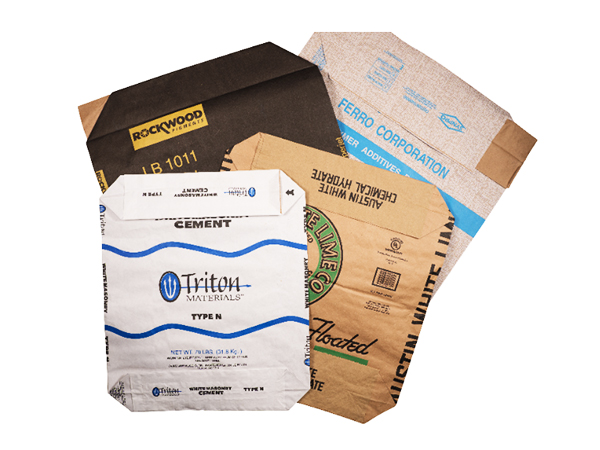Automatic vs Semi-Automatic Paper Bag Machines: Cost & ROI Comparison
Release time:2025-04-27 Classification:Knowledge
The packaging industry has seen significant advancements in machinery, particularly in paper bag production. Two primary technologies dominate this space: fully automatic and semi-automatic paper bag machines. Understanding their cost structures and return on investment (ROI) is critical for businesses aiming to optimize efficiency and profitability. This article compares these systems across key metrics, supported by industry insights and technical data.

1. Operational Efficiency and Labor Costs
Fully Automatic Machines
Fully automatic systems, integrate advanced automation for tasks like weighing, filling, sealing, and counting. These machines operate with minimal human intervention, achieving packaging speeds of 50–100 kg/h and precision within ±0.2% accuracy 17. For high-volume production (e.g., >200 bags/hour), they reduce labor dependency, making them ideal for industries like food, chemicals, and construction materials.
Semi-Automatic Machines
Semi-automatic machines, require manual input for tasks like bag placement or glue application. While slower (e.g., <100 bags/hour), they suit small to medium enterprises (SMEs) with lower upfront costs. Labor costs, however, rise proportionally to production scale, as operators must manage feeding and quality control.
Key Comparison
- Labor Savings: Automatic systems reduce workforce needs by 60–80%, whereas semi-automatic models require 2–3 operators per shift.
- Throughput: Automatic machines excel in high-volume scenarios (e.g., textile or food industries), while semi-automatic units cater to niche or customized orders .
2. Initial Investment and Maintenance Costs
Upfront Costs
- Automatic Machines: High initial investment (e.g., 50,000–50,000–200,000+) due to complex components like PLCs, sensors, and robotic arms.
- Semi-Automatic Machines: Lower entry costs (e.g., 10,000–10,000–50,000), as seen in the HE series, which targets SMEs with budgets under $30,000.
Maintenance and Energy
- Automatic Systems: Higher maintenance complexity but lower long-term downtime. Features like self-diagnosis and predictive maintenance (enabled by IoT sensors) reduce unexpected failures. Energy consumption ranges from 1.5–5.2 kW, depending on motor power.
- Semi-Automatic Systems: Simpler mechanical designs lower maintenance costs but require frequent manual adjustments. Energy use is typically lower (e.g., 3.8–5.2 kW for HE models).
3. ROI Analysis: Break-Even and Long-Term Gains
Break-Even Period
- Automatic Machines: Longer payback periods (3–5 years) due to high upfront costs. However, ROI accelerates in high-volume settings. For example, a cement packaging plant automating its workflow reduced labor costs by 70% and increased output by 120%, achieving breakeven in 4 years.
- Semi-Automatic Machines: Shorter breakeven (1–2 years) for SMEs with limited production needs. A small paper bag manufacturer using semi-automatic equipment reported 30% cost savings compared to manual processes.
Scalability and Flexibility
- Automatic systems support modular upgrades (e.g., adding IoT-enabled sensors for real-time data analytics), aligning with Industry 4.0 trends.
- Semi-automatic machines offer adaptability for custom orders but struggle to scale without significant reinvestment.
4. Industry Trends and External Factors
- Tariff Impacts: U.S. tariffs on Chinese machinery have raised automatic system costs by 15–20%, prompting some manufacturers to relocate supply chains to Southeast Asia.
- Technological Shifts: Smart factories leverage data-driven automation to optimize OEE (Overall Equipment Effectiveness), a feature absent in semi-automatic setups.
5. Decision Framework: Which to Choose?
- High-Volume Producers: Automate for labor savings, precision, and scalability.
- SMEs/Low-Budget Operations: Opt for semi-automatic systems to balance cost and flexibility.
- Customized Production: Semi-automatic machines allow manual adjustments for unique designs.
Conclusion
The choice between automatic and semi-automatic paper bag machines hinges on production scale, budget, and strategic goals. While automatic systems dominate in efficiency and long-term ROI, semi-automatic models remain vital for SMEs and niche markets. Businesses must weigh upfront costs against operational gains, considering trends like smart manufacturing and geopolitical shifts in supply chains.






